Home>Articles>What Temp Should Your Hot Water Heater Be Set At
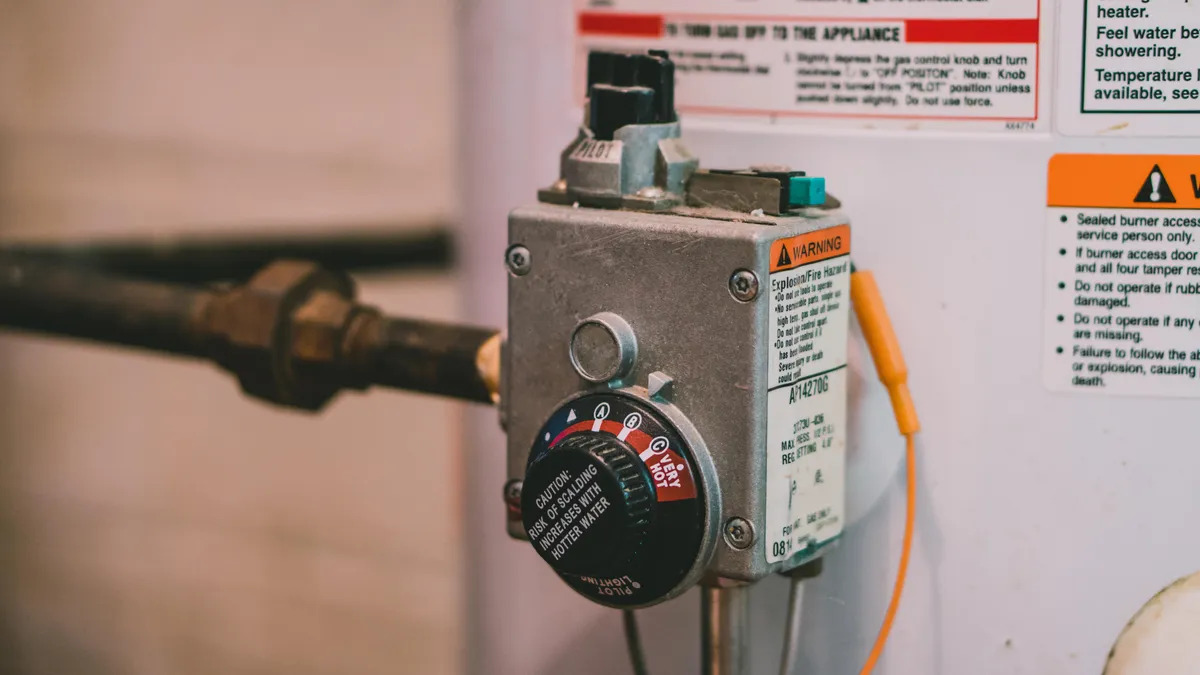

Articles
What Temp Should Your Hot Water Heater Be Set At
Modified: February 21, 2024
Find out the ideal temperature for your hot water heater with our informative articles. Save energy and prevent scalding accidents.
(Many of the links in this article redirect to a specific reviewed product. Your purchase of these products through affiliate links helps to generate commission for Storables.com, at no extra cost. Learn more)
Introduction
Welcome to our comprehensive guide on setting the temperature for your hot water heater. Whether you are a homeowner or a renter, it is essential to understand the optimal temperature range for your hot water heater to ensure both comfort and safety in your household.
The temperature setting on your hot water heater plays a crucial role in a variety of factors, including energy efficiency, risk of scalding accidents, and overall comfort. Knowing the recommended temperature range and understanding the various factors involved can help you make an informed decision when setting the temperature for your hot water heater.
In this article, we will delve into the factors to consider when setting the temperature, explore the recommended temperature settings, discuss energy efficiency considerations, and provide guidance on preventing scalding accidents. Additionally, we will cover the steps involved in adjusting the water heater temperature, empowering you to confidently manage this aspect of your home.
So, let’s dive in and learn more about the optimal temperature for your hot water heater.
Key Takeaways:
- Finding the perfect balance in your hot water heater’s temperature setting is crucial. Consider factors like household usage, safety, energy efficiency, and bacterial growth to ensure comfort, safety, and savings.
- Prevent scalding accidents by setting the temperature at a safe level, installing anti-scald devices, supervising young children, and performing regular maintenance. Adjusting the temperature is a simple process, but always prioritize safety.
Read more: How To Adjust Temp On Water Heater
Understanding the Temperature Setting
Before we discuss the ideal temperature setting for your hot water heater, it is important to understand how the temperature setting works and its impact on your water heating system.
The temperature setting on your hot water heater refers to the thermostat that controls the heating element in the unit. It determines the temperature of the water stored in the tank and affects the temperature of the water that comes out of your faucets.
Most hot water heaters have a temperature range of 90 to 140 degrees Fahrenheit (32 to 60 degrees Celsius). However, the optimal temperature setting depends on several factors, such as personal preference, household size, and safety considerations.
It is worth noting that keeping the temperature setting too high can result in excessive energy consumption and increased risk of scalding accidents. On the other hand, setting the temperature too low can lead to insufficient hot water supply and bacterial growth in the tank.
To find the right balance, it is important to consider the following factors when determining the temperature setting for your hot water heater:
- Household Usage: Consider how hot water is used in your household. If you frequently need hot water for activities such as showering, dishwashing, or laundry, you may prefer a higher temperature to ensure an adequate supply of hot water.
- Safety: The safety of your household members, especially young children and older adults, should be a top priority. Higher temperatures increase the risk of scalding accidents, so it is important to set the temperature at a safe level to avoid burns.
- Energy Efficiency: Setting the temperature too high can lead to wasted energy and increased utility bills. Lowering the temperature by just a few degrees can significantly reduce energy consumption without sacrificing comfort.
- Bacterial Growth: Water stored at lower temperatures may promote the growth of harmful bacteria, such as Legionella. It is important to maintain a temperature that prevents bacterial growth and ensures safe water quality.
By considering these factors and striking the right balance, you can determine the optimal temperature setting for your hot water heater. Next, we will explore the recommended temperature range for your hot water heater to help guide your decision.
Factors to Consider
When setting the temperature for your hot water heater, it is important to take into account various factors that can affect the comfort, safety, and efficiency of your hot water supply. Here are some key factors to consider:
Personal Preference
Everyone has different preferences when it comes to the temperature of their hot water. Some individuals prefer hotter water for showers or baths, while others prefer a milder temperature. Consider the comfort levels of the household members and adjust the temperature setting accordingly.
Household Size and Hot Water Demand
The size of your household and the demand for hot water play a significant role in determining the temperature setting. Larger households with more occupants and higher hot water usage may require a higher temperature setting to ensure an adequate supply of hot water for everyone’s needs.
Read more: What Size Breaker For Hot Water Heater
Safety
Safety is paramount when it comes to setting the temperature of your hot water heater. Higher temperatures increase the risk of scalding, especially for young children and older adults who may have sensitive skin. Setting the temperature too high can result in severe burns. It is recommended to keep the temperature at a safe level to prevent scalding accidents.
Energy Efficiency
The temperature setting on your hot water heater directly impacts energy consumption. The higher the temperature, the more energy is required to heat the water. Consider lowering the temperature by a few degrees to save on energy costs and reduce environmental impact without sacrificing comfort.
Health and Bacterial Growth
Water that is stored at lower temperatures can promote the growth of bacteria, such as Legionella, which can cause serious health issues. It is important to find a temperature range that prevents bacterial growth and ensures safe water quality.
Local Climate
The climate in your area can also influence the temperature setting. In colder climates, you may need to set a higher temperature to ensure hot water reaches your faucets at a comfortable level. However, in warmer climates, you may be able to lower the temperature without compromising comfort.
By considering these factors, you can make an informed decision when setting the temperature for your hot water heater. Next, we will explore the recommended temperature settings that balance comfort, safety, and efficiency.
Read more: What Water Heater Should I Buy
Recommended Temperature Settings
While the optimal temperature setting for your hot water heater may vary depending on your specific circumstances, there are some recommended temperature ranges that balance comfort, safety, and energy efficiency. Here are the general guidelines:
- For most households, a temperature setting of 120 degrees Fahrenheit (49 degrees Celsius) is considered a safe and comfortable option. This temperature provides ample hot water for daily activities while reducing the risk of scalding accidents.
- If you have household members with sensitive skin or elderly individuals who may be more prone to burns, consider lowering the temperature to 110 degrees Fahrenheit (43 degrees Celsius) or even lower to reduce the risk of scalding.
- In areas with warm climates, you may be able to set the temperature at the lower end of the recommended range or even slightly below to save on energy costs.
It is important to note that these recommended temperature settings serve as a general guideline. Factors such as personal preference, household size, health considerations, and the local climate should be taken into account when determining the ideal temperature setting for your specific situation.
Keep in mind that setting the temperature too low can lead to potential health risks due to bacterial growth, while setting it too high not only wastes energy but also increases the risk of scalding accidents. Striking a balance between comfort, safety, and energy efficiency is key.
To ensure optimal performance, it is a good idea to periodically check the temperature of the hot water at various faucets in your home. This will help you assess whether the temperature setting needs adjustment to meet your needs.
Now that we have covered the recommended temperature settings, let’s move on to energy efficiency considerations when it comes to your hot water heater.
Energy Efficiency Considerations
Setting the temperature for your hot water heater not only affects your comfort and safety but also plays a significant role in energy efficiency. By implementing energy-efficient practices, you can reduce your carbon footprint and potentially save money on utility bills. Here are some energy efficiency considerations to keep in mind:
Lowering the Temperature
One of the simplest ways to improve energy efficiency is by lowering the temperature setting on your hot water heater. For every 10 degrees Fahrenheit (5 degrees Celsius) reduction in temperature, you can potentially save 3% to 5% on your energy costs.
Insulating the Water Heater
Another effective energy-saving measure is insulating your hot water heater. By adding an insulation blanket or jacket, you can minimize heat loss and reduce the amount of energy required to maintain the desired water temperature. Make sure to follow the manufacturer’s recommendations and safety guidelines when insulating your water heater.
Read more: What Size Wire For Hot Water Heater
Using Cold Water for Laundry
When possible, opt for cold water settings when doing laundry. The majority of energy used in washing machines goes towards heating water. By washing your clothes with cold water, you can significantly reduce energy consumption and still achieve clean and fresh results.
Installing Low-Flow Fixtures
Consider installing low-flow fixtures, such as aerators and showerheads, to reduce the amount of hot water used without sacrificing water pressure. These fixtures restrict the flow rate, allowing you to conserve hot water and reduce energy waste.
Regular Maintenance
Proper maintenance of your hot water heater can improve its efficiency. Periodically check for leaks, insulate the hot water pipes, and flush the tank to remove sediment buildup, which can negatively impact the performance of the unit.
Consider Tankless Water Heaters
For even greater energy efficiency, you may consider upgrading to a tankless water heater. Unlike traditional storage tank water heaters, tankless models heat water on demand, eliminating the energy wasted on keeping a large tank of water hot. While tankless units may have a higher upfront cost, they can result in long-term energy savings.
By implementing these energy efficiency considerations, you can reduce your environmental impact and potentially save money on your energy bills. Now, let’s turn our attention to preventing scalding accidents associated with hot water heaters.
Read more: What Temp For Hot Tub In Summer
Preventing Scalding Accidents
Hot water heaters can pose a risk of scalding accidents, especially for vulnerable household members such as young children and older adults. It is crucial to take preventive measures to ensure the safety of everyone in your home. Here are some essential steps to prevent scalding accidents:
Set the Temperature at a Safe Level
First and foremost, set the temperature of your hot water heater at a safe level to reduce the risk of scalds. The recommended temperature setting is 120 degrees Fahrenheit (49 degrees Celsius) for most households. Adjust the temperature based on the needs and preferences of your household members, but always prioritize safety.
Install Anti-Scald Devices
You can further enhance safety by installing anti-scald devices, such as pressure-balancing valves or thermostatic mixing valves, at your shower and faucet fixtures. These devices help regulate the water temperature, preventing sudden temperature fluctuations that can lead to scalding accidents.
Supervise Young Children
Never leave young children unsupervised in the bathroom or any area where hot water is accessible. Children are particularly vulnerable to scalding accidents due to their sensitive skin. Keep them away from the hot water heater, and teach them about the dangers of hot water.
Read more: What Temp Should AC Blow
Educate Household Members
Ensure that all household members are aware of the potential risks associated with hot water. Teach them about safe practices, such as testing the water temperature before use and slowly adjusting the hot water knob. Encourage everyone to be cautious and report any issues with the hot water system.
Consider Temperature Limiting Devices
Temperature limiting devices can be installed on faucets and showerheads to restrict the water temperature to a safe level. These devices can provide an added layer of protection, especially in areas where scalding accidents are more likely to occur.
Regular Maintenance and Inspections
Regularly maintain and inspect your hot water heater for any signs of malfunction or leaks. Address any issues promptly to prevent unexpected temperature fluctuations or other safety hazards. Consult a professional if you are unsure or need assistance with maintenance tasks.
By taking these preventative measures, you can significantly reduce the risk of scalding accidents associated with hot water heaters. Now, let’s explore how to adjust the temperature setting on your hot water heater.
Adjusting the Water Heater Temperature
Adjusting the temperature setting on your hot water heater is a straightforward process that can be done with a few simple steps. Here’s a guide on how to adjust the water heater temperature:
Read more: How Often Should You Drain Your Water Heater
1. Turn Off the Power
Before making any adjustments, ensure that the power to the water heater is turned off. This can be done by switching off the breaker or turning off the gas supply to the unit. Safety should always be the top priority.
2. Locate the Thermostat
Next, locate the thermostat on your hot water heater. It is usually found near the bottom of the tank or on the side. The thermostat may have a dial, a digital display, or a temperature control panel, depending on the model of your water heater.
3. Adjust the Temperature Setting
Using the appropriate tool or interface, adjust the temperature setting to your desired level. Turn the dial or use the up/down buttons to increase or decrease the temperature. Refer to the user manual of your hot water heater for specific instructions on adjusting the temperature.
4. Wait for the Water to Heat
After adjusting the temperature setting, wait for the water in the tank to heat up to the new temperature. This may take some time, depending on the size of the tank and the efficiency of your water heater. Be patient as the water reaches the desired temperature.
Read more: What Temp Should AC Be Set At
5. Check the Water Temperature
Once the water has reached the newly adjusted temperature, check the temperature at various faucets in your home to ensure it meets your preferences. Use a thermometer or your hand to test the water temperature carefully. Make any additional adjustments if necessary.
6. Consider Using a Water Heater Timer
If you want to have more control over the water temperature and improve energy efficiency, you may consider installing a water heater timer. A timer allows you to set specific times for the water heater to turn on and off, giving you the ability to conserve energy during periods when hot water is not needed.
7. Recheck Regularly
Periodically check the water temperature and functioning of your hot water heater to ensure it is still operating at the desired temperature. Make adjustments as needed to maintain optimal comfort and safety in your home.
Remember to always exercise caution when adjusting the temperature setting on your hot water heater. If you are unsure or uncomfortable performing the task yourself, it is recommended to consult a professional plumber or technician for assistance.
Now that you know how to adjust the water heater temperature, you can confidently manage this aspect of your hot water system.
Conclusion
Setting the temperature for your hot water heater is an important decision that impacts both comfort and safety in your household. By considering factors such as household usage, safety concerns, energy efficiency, and bacterial growth, you can determine the optimal temperature setting for your specific needs.
Following the recommended temperature settings, such as keeping the temperature around 120 degrees Fahrenheit (49 degrees Celsius) for most households, ensures a balance between comfort and safety. Adjusting the temperature can also lead to energy savings and reduced environmental impact.
Preventing scalding accidents is crucial, especially for vulnerable individuals. Setting the temperature at a safe level, installing anti-scald devices, supervising young children, educating household members, and performing regular maintenance and inspections are effective ways to minimize the risk of scalding accidents.
Adjusting the temperature on your hot water heater can be done following a few simple steps, ensuring that the power is turned off, locating the thermostat, making the desired temperature adjustments, and checking the water temperature after it has had time to heat up. Using a water heater timer can also provide additional control and energy savings.
By understanding the temperature setting, considering the factors involved, and taking necessary precautions, you can create a comfortable and safe hot water environment in your home.
Remember, if you are unsure or uncomfortable making adjustments to your hot water heater, it is always best to consult a professional plumber or technician for guidance and assistance.
Now that you have a comprehensive understanding of setting the temperature for your hot water heater, you are equipped to make informed decisions that prioritize comfort, safety, and energy efficiency in your home.
Frequently Asked Questions about What Temp Should Your Hot Water Heater Be Set At
Was this page helpful?
At Storables.com, we guarantee accurate and reliable information. Our content, validated by Expert Board Contributors, is crafted following stringent Editorial Policies. We're committed to providing you with well-researched, expert-backed insights for all your informational needs.
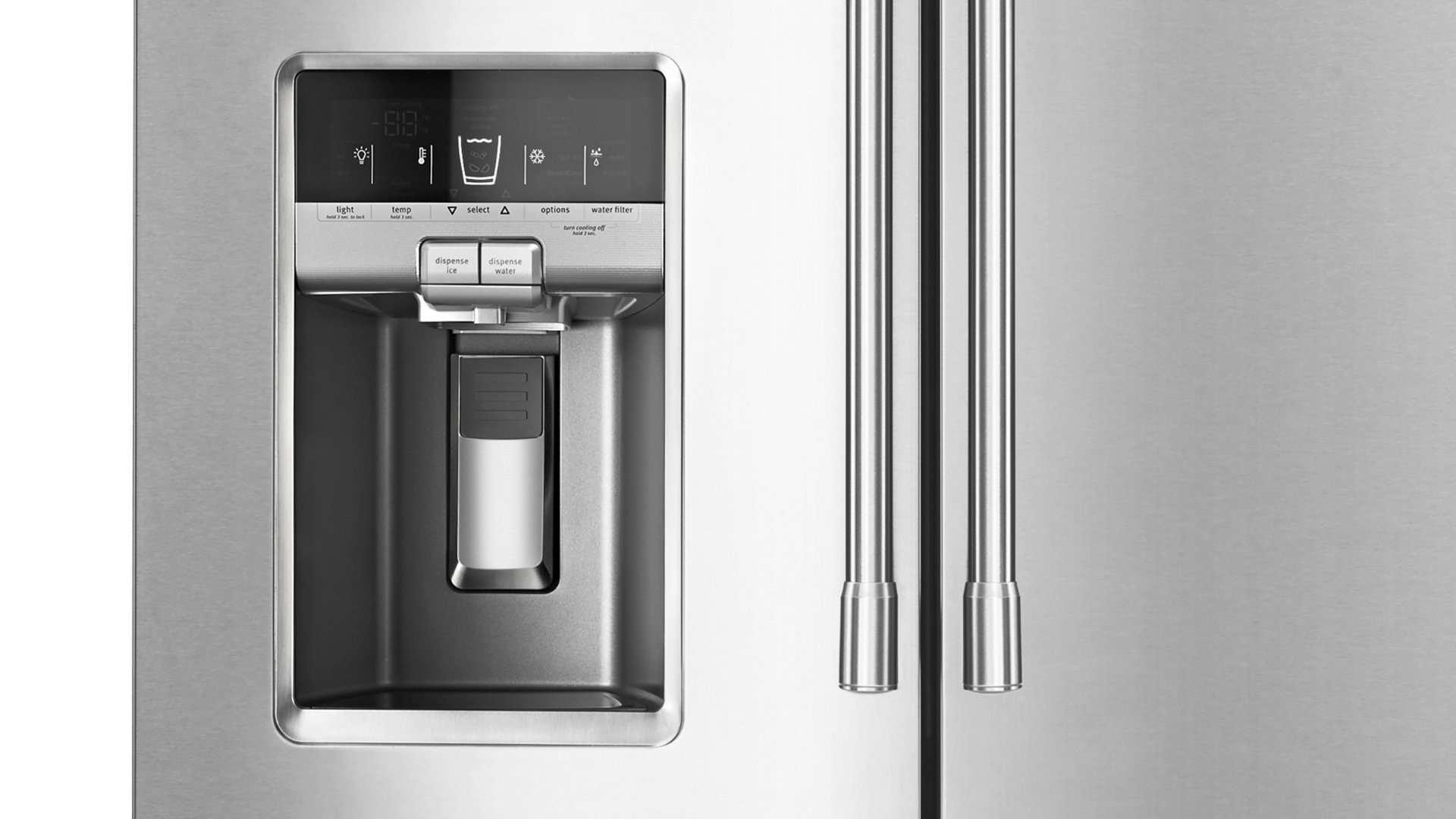
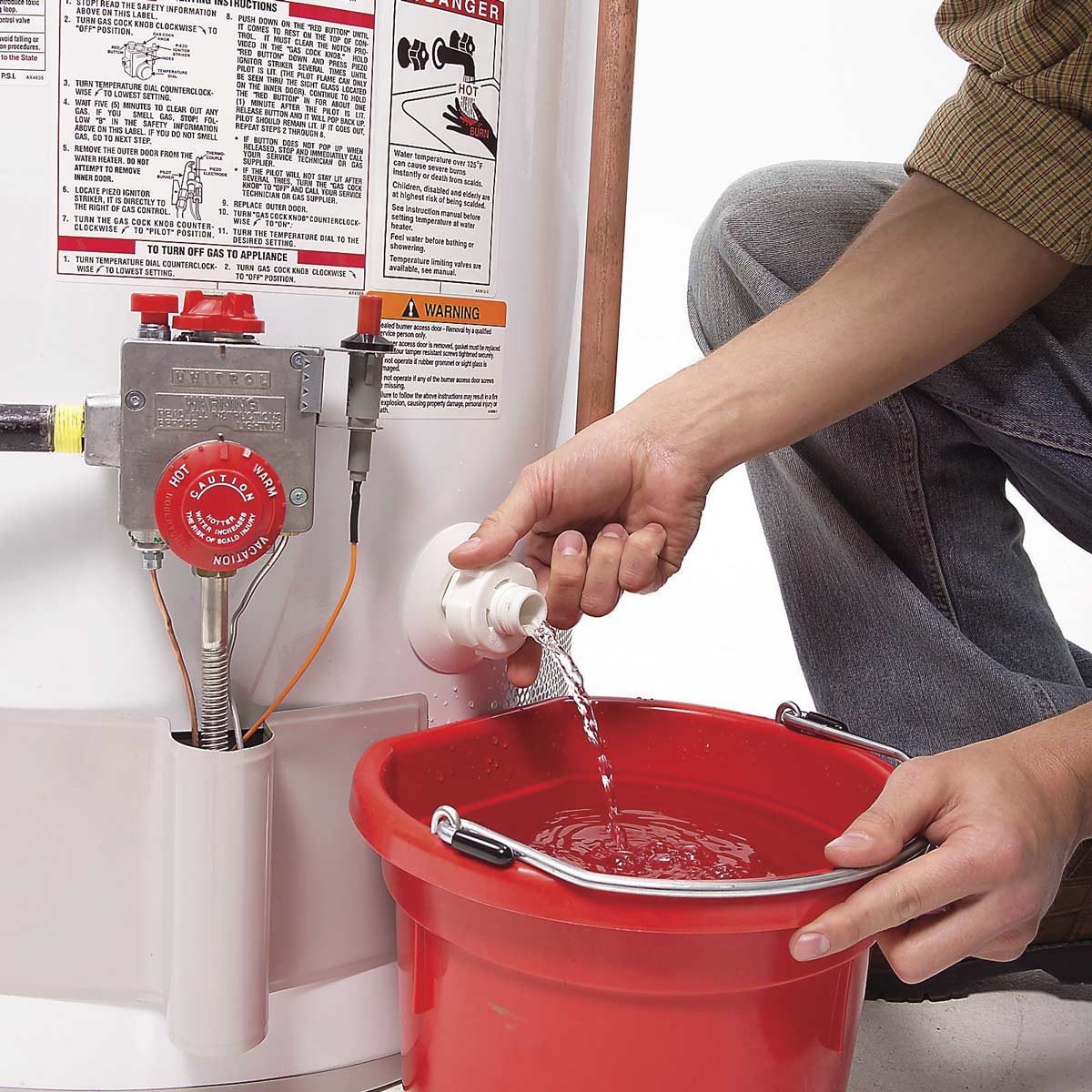
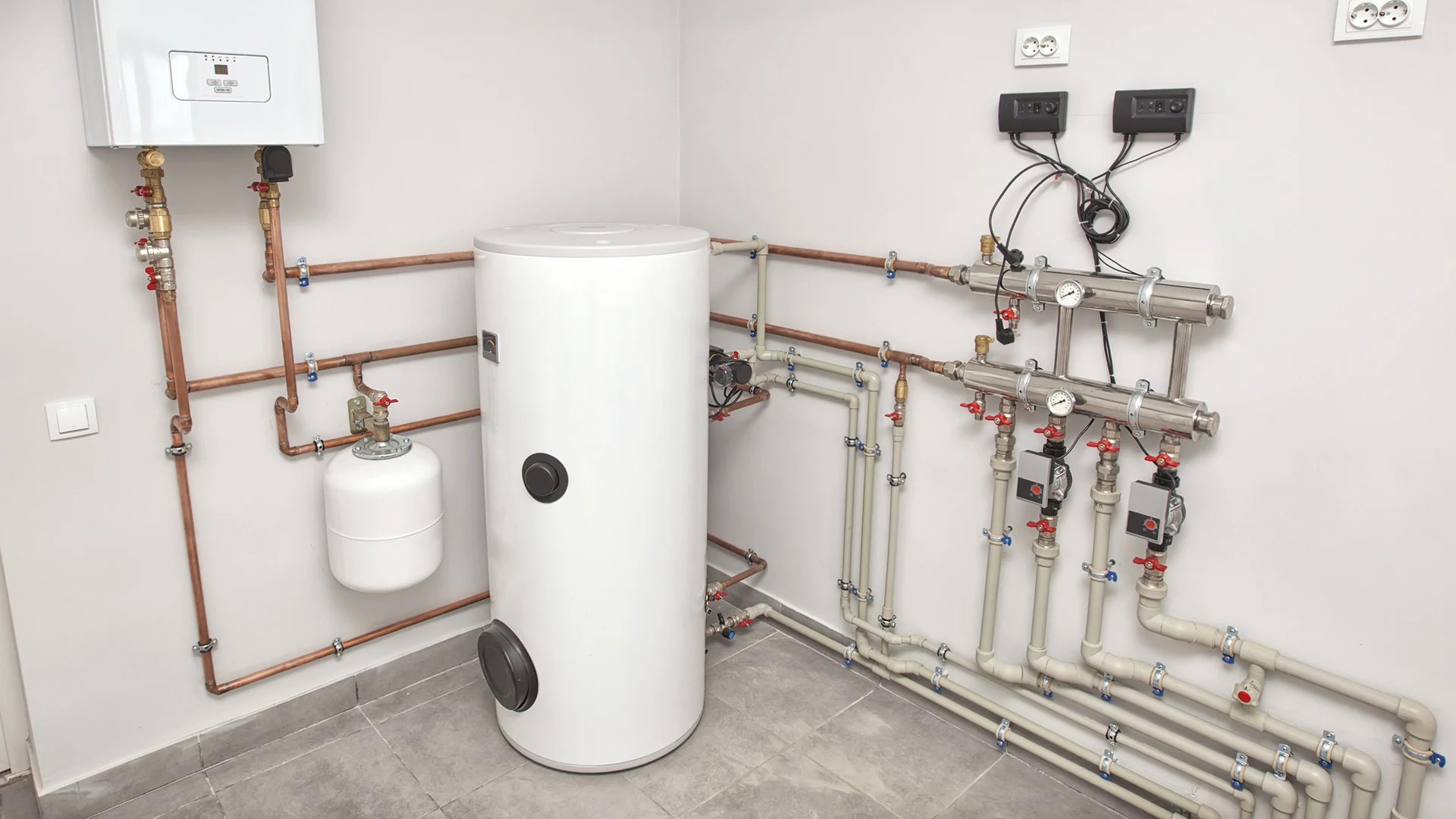
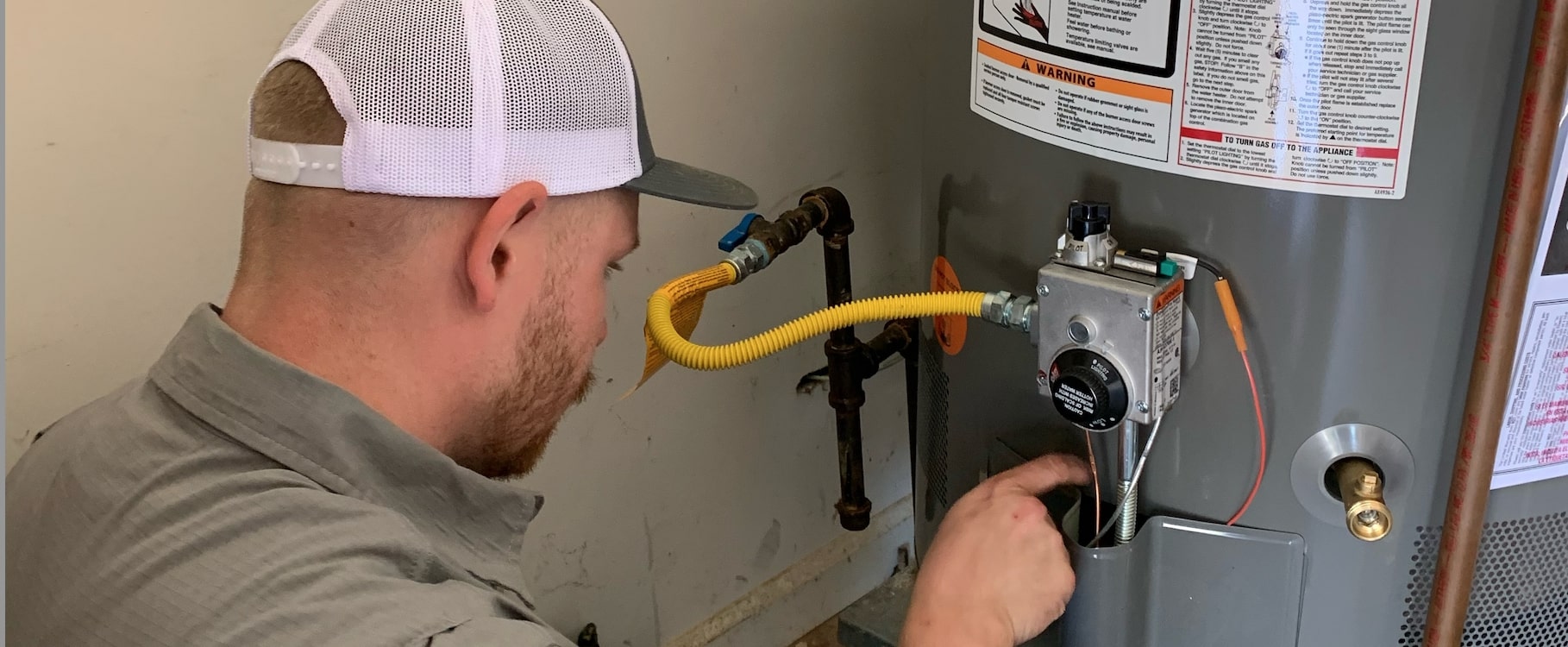
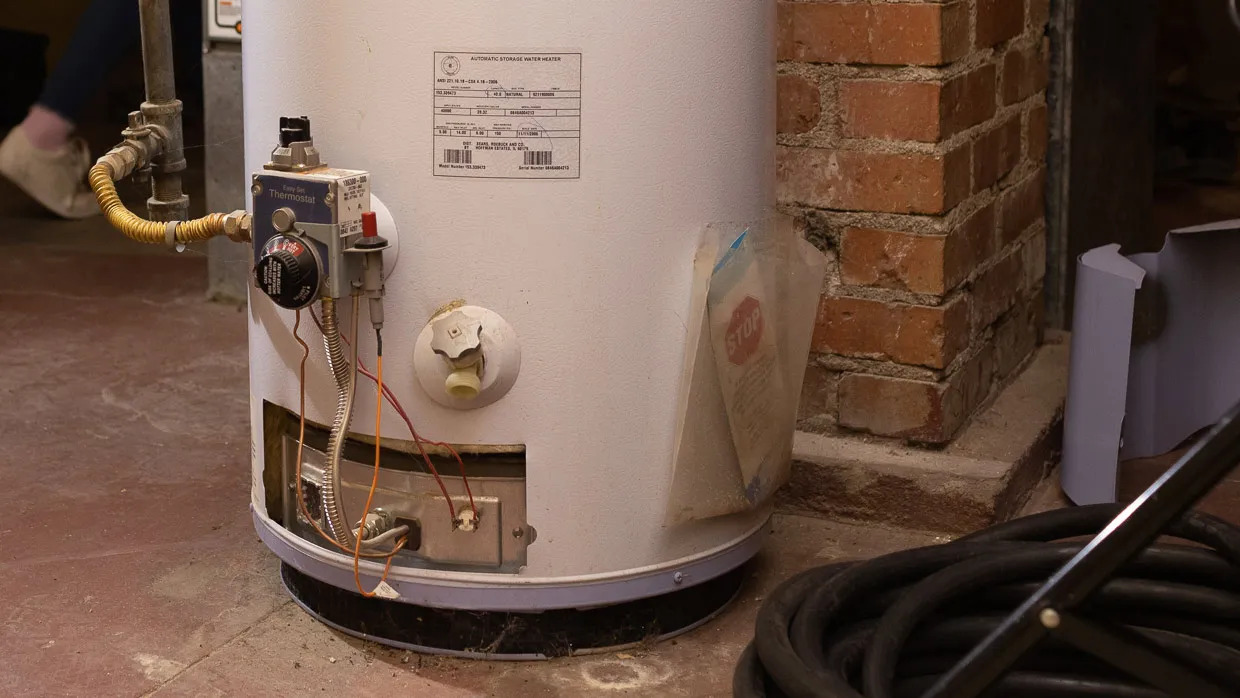
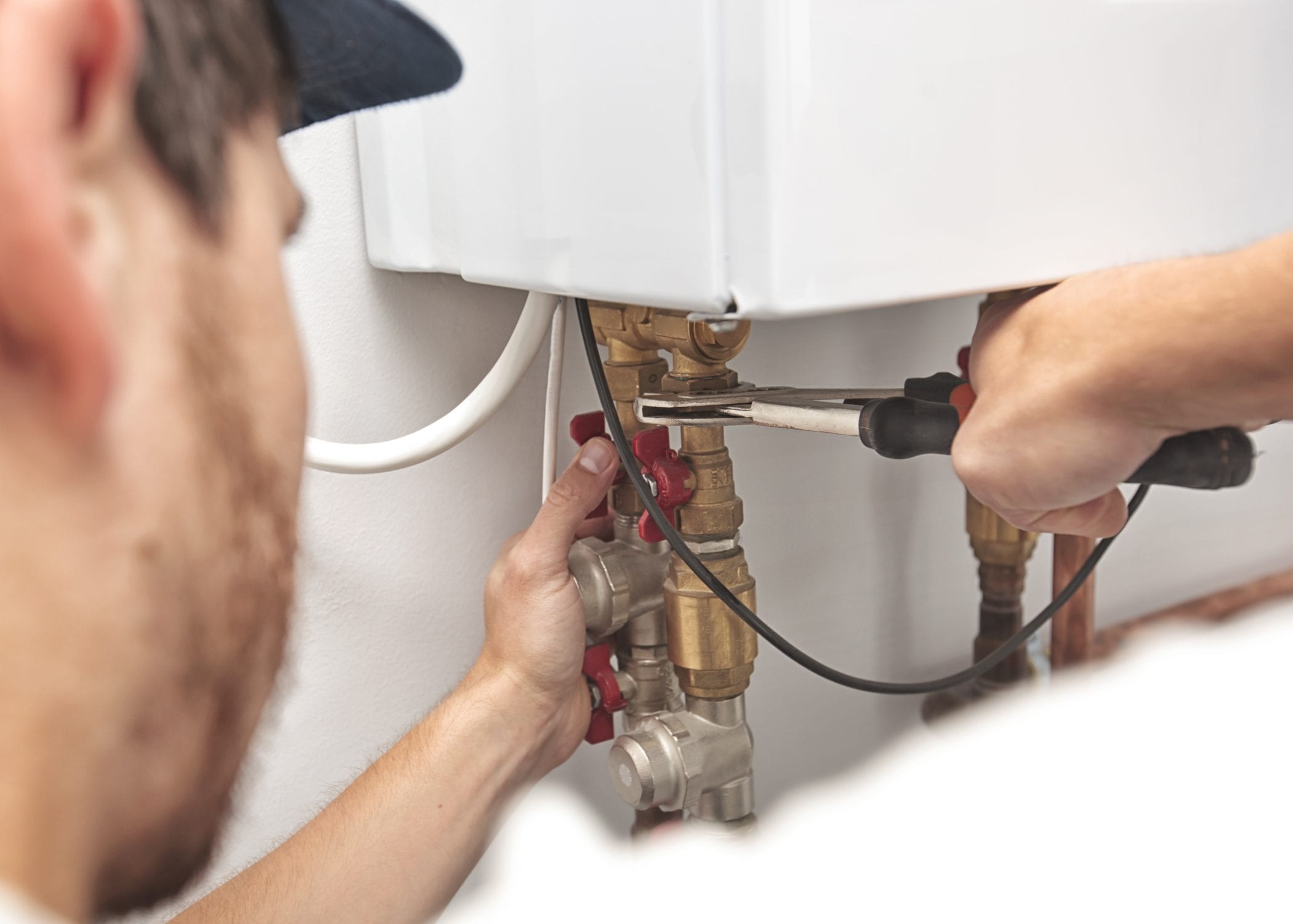
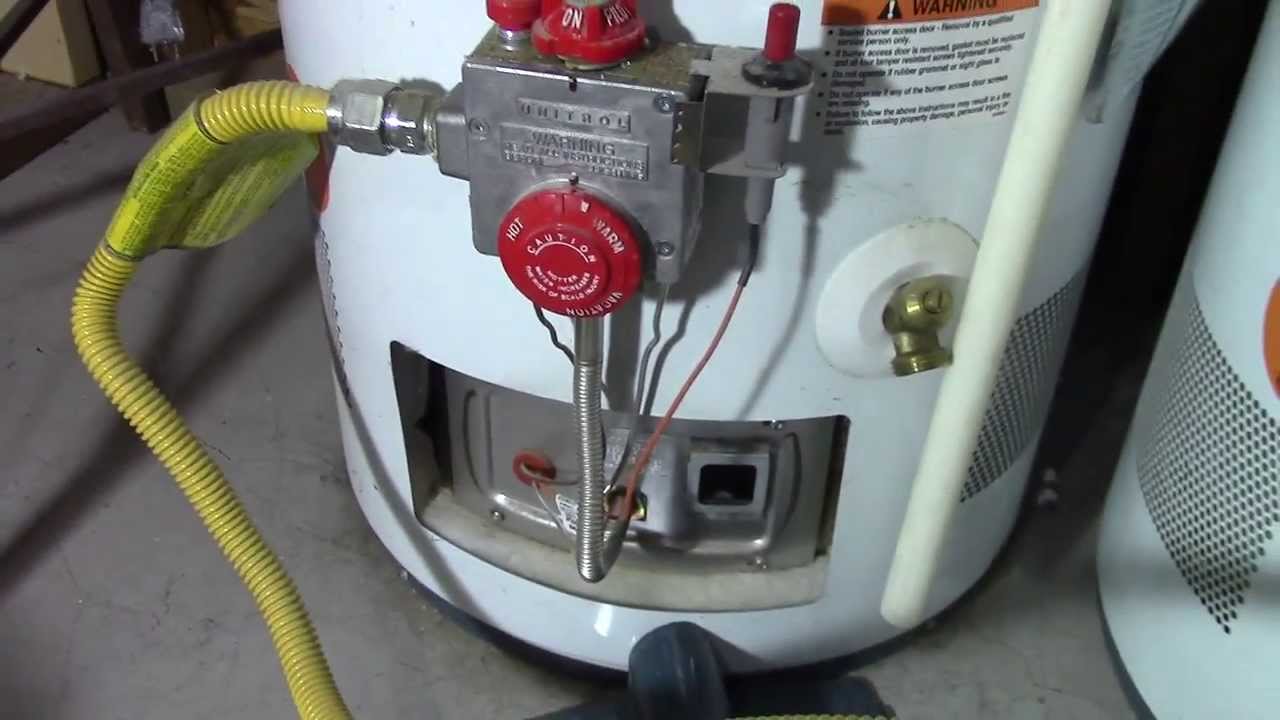
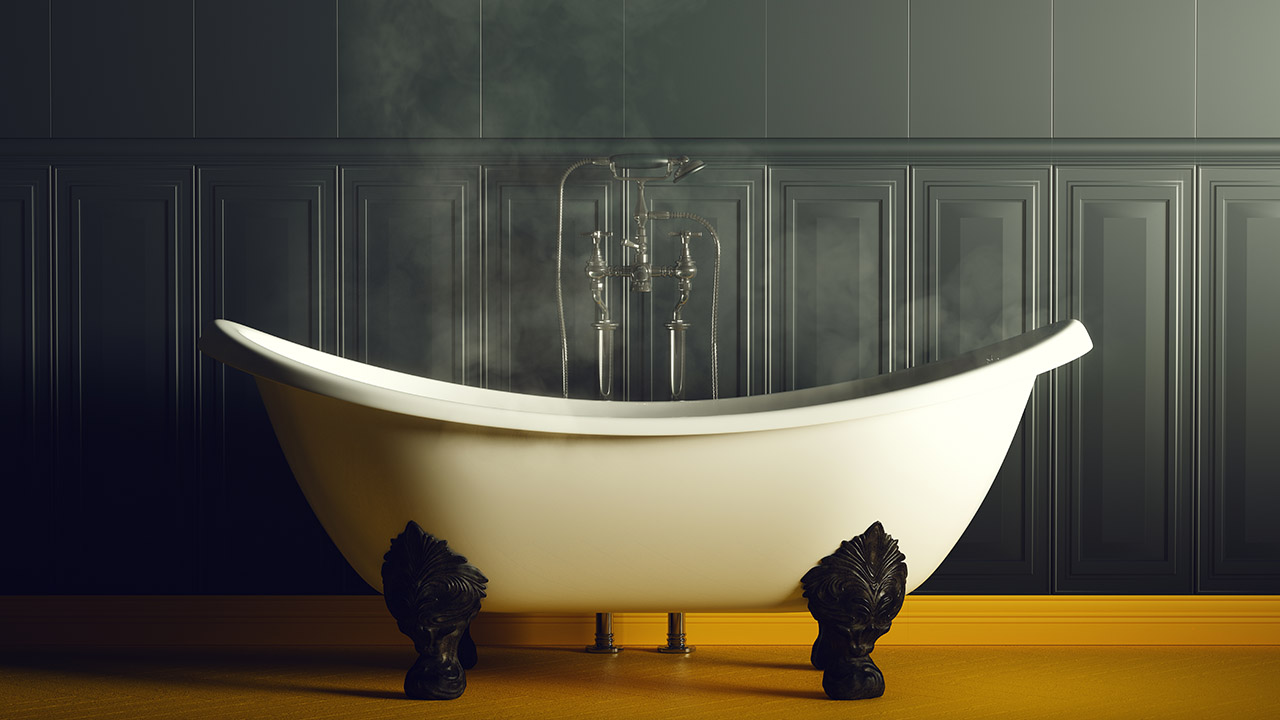

0 thoughts on “What Temp Should Your Hot Water Heater Be Set At”